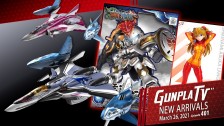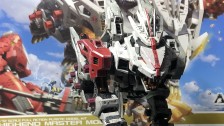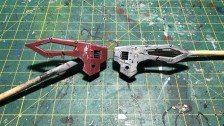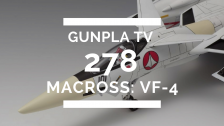
Available from HobbyLink Japan here
Super Heavy
Since WWII, the tank has been thought of primarily as a way to rapidly deploy heavy anti material weapons directly into enemy formations, primarily aimed at knocking out opposing AFVs (whether tanks, troop transports, or softer targets as required). This might be laid at the feet of Heinz Guderian, whose theorizing on both Bewegungskrieg and its 20th Century Grandchild, Blitzkrieg, were central to the early successes of the German ground forces in the early days of the war.
It was not always so, however. There was a time from the end of The Great War to the beginning 1939 when countries did not know how to handle tanks, or what they should be.
Hence why smaller, lighter tanks grouped up into tight formations could overwhelm French forces so easily and even topple what was considered one of the best tanks of the era (for reasons still not yet quite understood), the Char-B, as the French military had them rather thinly spread in what was seen as a practical infantry support role.
Fighting Current Wars With the Mindset of the Previous
There were the problem. Outmoded thinking combined with technology ahead of its time. As General Guderian himself said, in later years “perhaps [the German army] was required to think more laterally about such technologies as we lacked the weight of numbers in the early days of rearmament, and could not afford to hang on to static fighting, whether offensive and defensive. Hence my push for lighter, faster and more flexible fighting vehicles, as opposed to these great landships”.


What Guderian is referring to, perhaps in jest was the British Landship Committee, which first sat in 1915 under the guidance of the Admiralty, in the person of Winston Churchill.
Though often thought of in jest, the engineers and architects of this committee were tasked with bringing naval might onto land and, when presented with that idea brought to the table concepts which would give the world vehicles such as the one above – the Mk IV Tadpole (with an extended rear for crossing trenches and mounting a mortar between the rear track booms).
It is all too easy to mock such things after the fact, but until the Great War of 1914-1918, the only analogues which any military had for such devices WERE ocean going battleships – and we all know of the struggles designers had in the previous centuries to get concepts such a belt armor, breech loading guns, barbettes/turrets and such devices accepted by the navies of the world, who were still so wedded to sail that ships right up to the turn of the 20th Century were being commissioned with token masts (and sometimes sails) in effigy of the glory days of some elder admirals.
Every nation looking at the tank issue borrowed to some degree from the findings of the Landship Committee, and began with the working hypothesis of the tank as an armored land dreadnought, which could either grind its way slowly through enemy formations, along with infantry, or sit on valuable ground, denying it to enemy assault through sheer firepower.
Today we would call such behemoths Super Heavy Tanks, and though we now tend to associate the term with late WWII experimentation by German and Russian engineers, there were some interesting designs (both practical and ridiculous) which were trialed during the inter war years.
Rolling Thunder
The first super-heavy of note might be said to be the Flying Elephant project, commissioned by the Royal Navy in 1916, as the tanks going into production at this time (MK-I through MK-V) were still vulnerable to artillery fire. Very much like the German A7V, this was to have been a mobile strong point, but at 100 tons, if this landship had ever made it to France, it would have sunk into anything but the driest of soil, much as did its German descendent, the Maus, when trialed for the first time in 1944.
Some practical designs did make it through however, especially in Russia, which had – until the purges – a very active experimental military arm.
The Russian military put many designs on paper, but of those the most notable – if only as it made into operational status, and battle readiness – was the T-35, which, though not strictly speaking a Super Heavy, at 45 European Tonnes, did possess the multi turret/multi gun concept which was the other side of this tank coin.
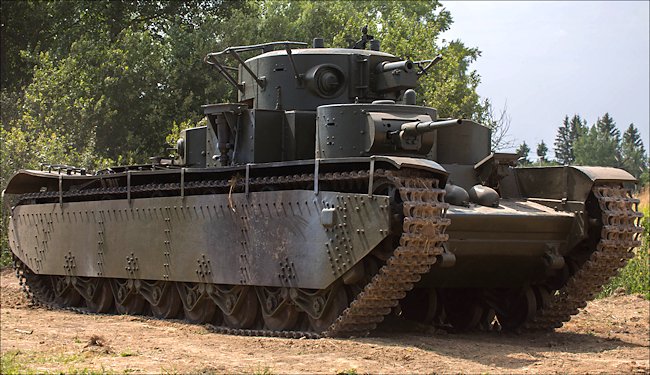

A T-35 example from the Kubinka Tank Museum
Known colloquially as breakthrough tanks, their many guns and decent armor did not make up for their woeful speed (engineered that way as they were envisaged as only needing to keep pace with dismounted infantry) and, though well made, time swept past them in the form of smaller, often cruder tanks like the Panzer III and Sturmgeschutz, which were the main arm of the Germans during the early years of WWII.
Still, though in hindsight little more than an anachronistic artefact of the age of sea power – which was itself swiftly giving way to the power of the warbirds – these vehicles live on in the minds and heart of we stubborn gearheads who love the, almost ironic aesthetic of the Ship Ashore…


And, in that regard this lovely design by Miyazaki pushes all the correct buttons.
Some Tanks are More Equal Than Others…




























Here’s a neat admission. I have not seen an actual super heavy design which features a clearing track like this, so if anyone has one, would they be willing to post it below?
It may be of Miyazaki’s own invention, but I can well imagine some enterprising engineer tinkering with the concept in those early days.














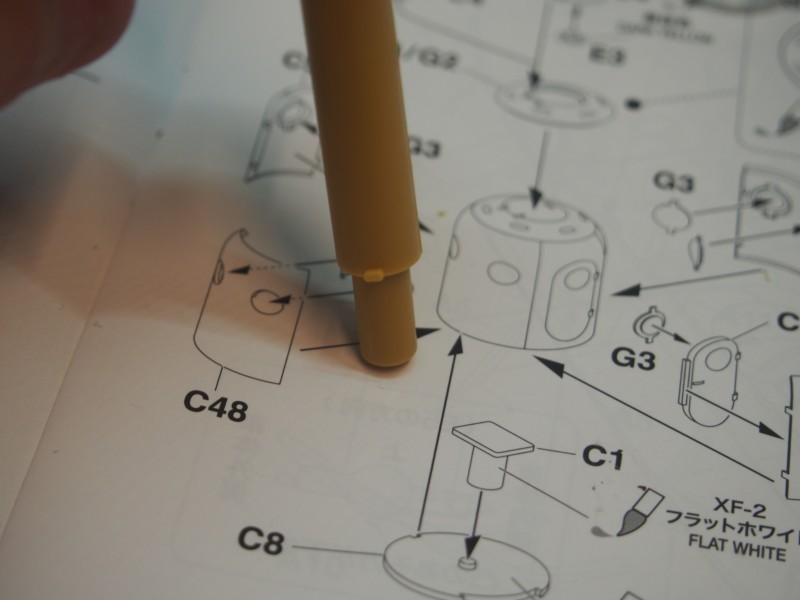



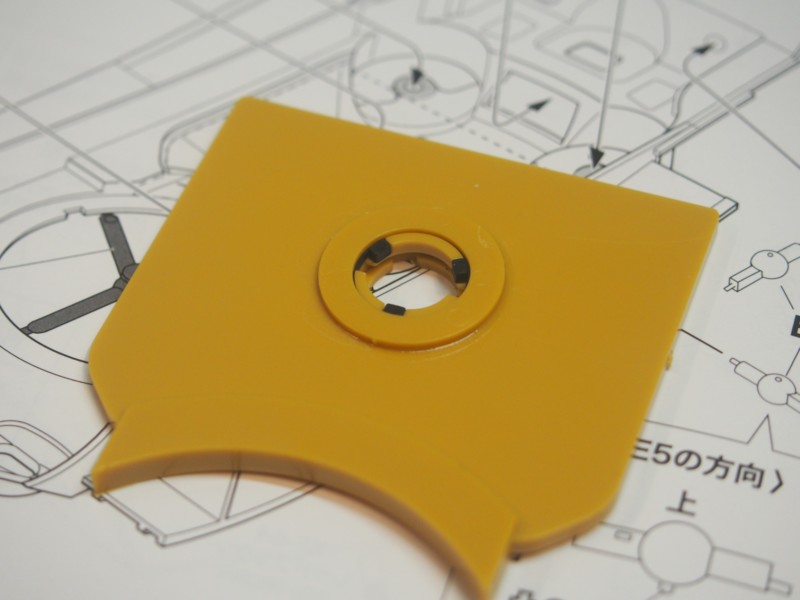

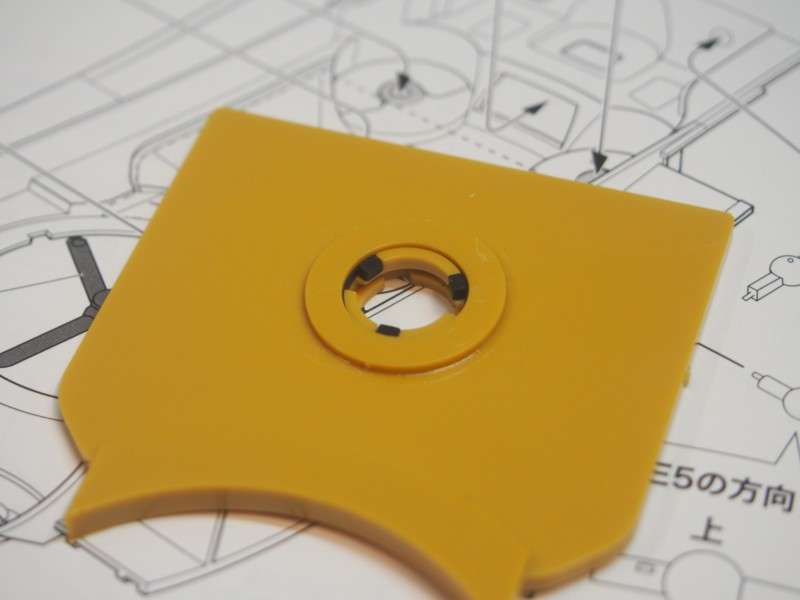



















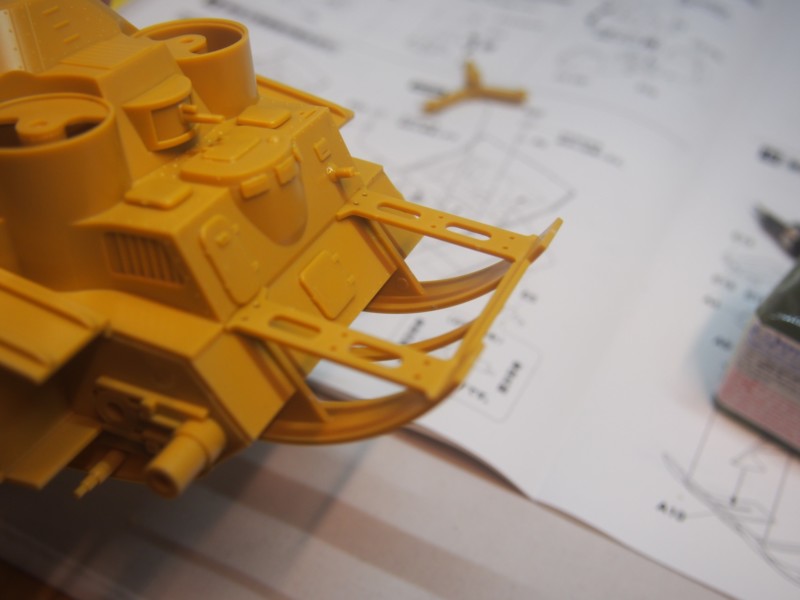

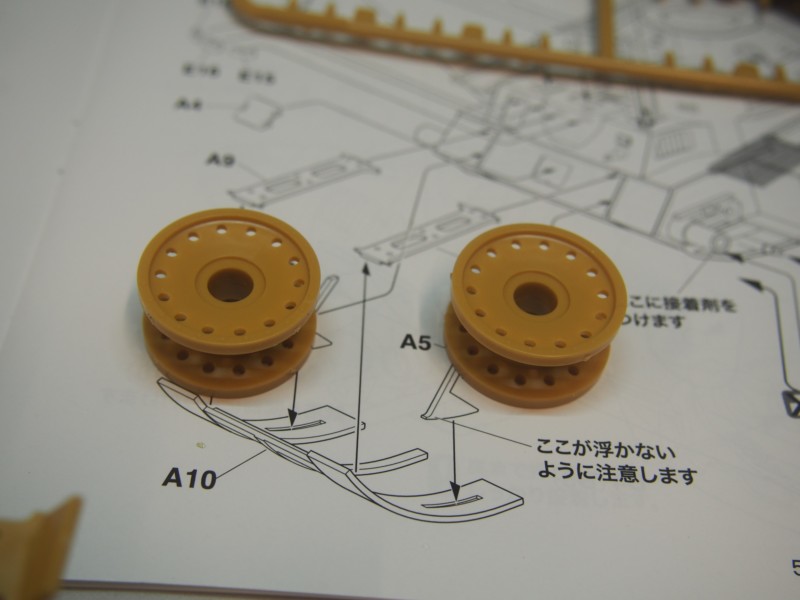







Those tracks… Normally, I dislike rubber tracks, as they never quite look right, but here we have an ingenious way of getting some real cross country blades onto the model.














The Hybrid of a Mk-IV and a T-35, after a quick visit to the set of Mad Max 2.
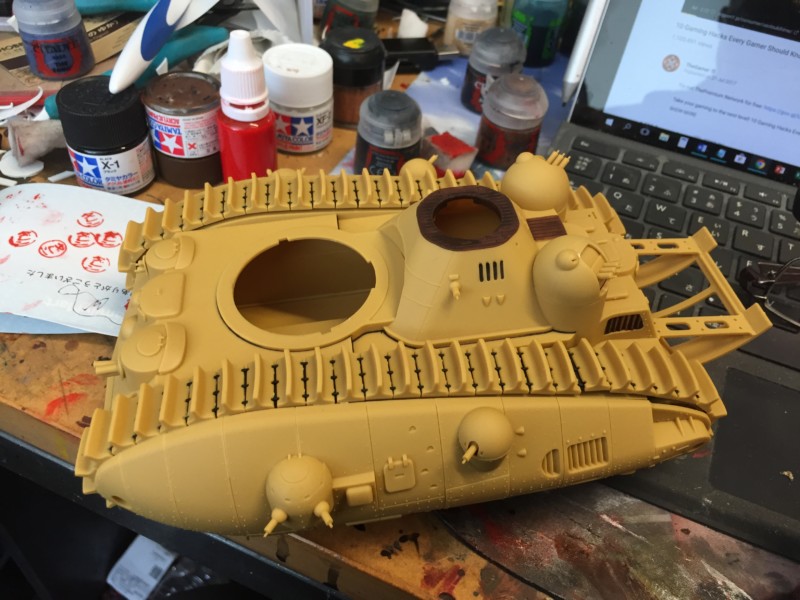











I like the artillery observation cupola on the rear of the vehicle.
Note also that, though this kit is listed as the low Velocity artillery version, it does contain the old Long barreled guns and turret – hence the weird hybrid I built.





















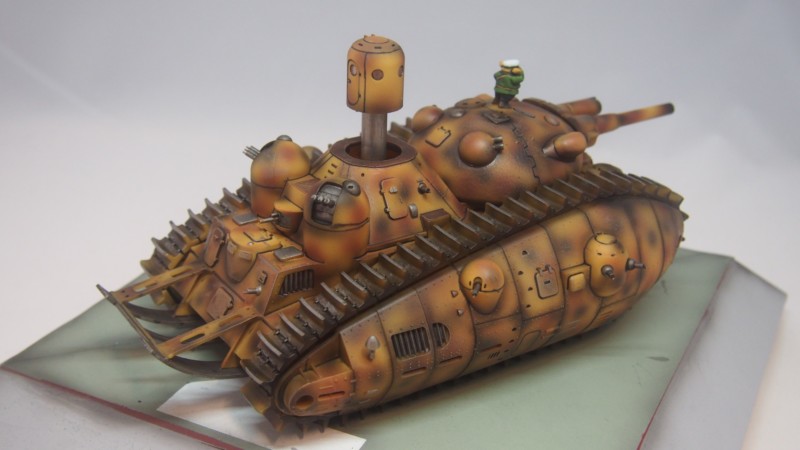











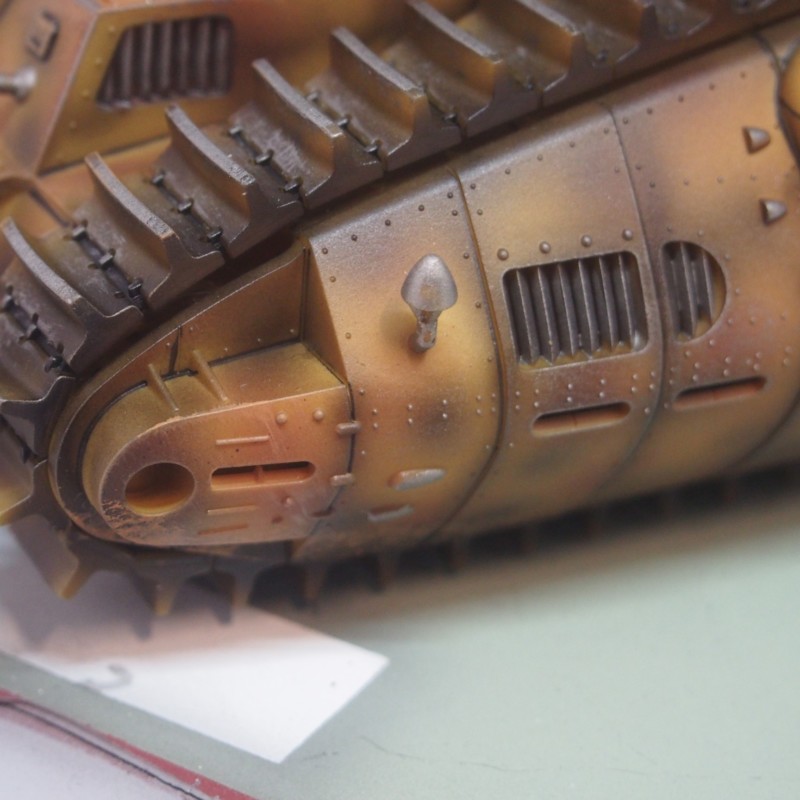







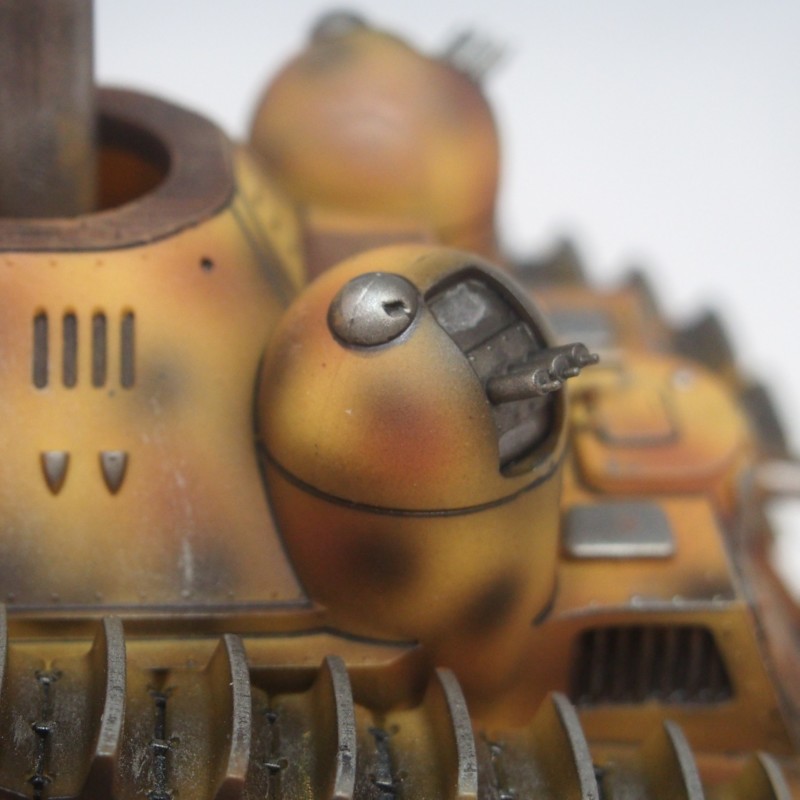











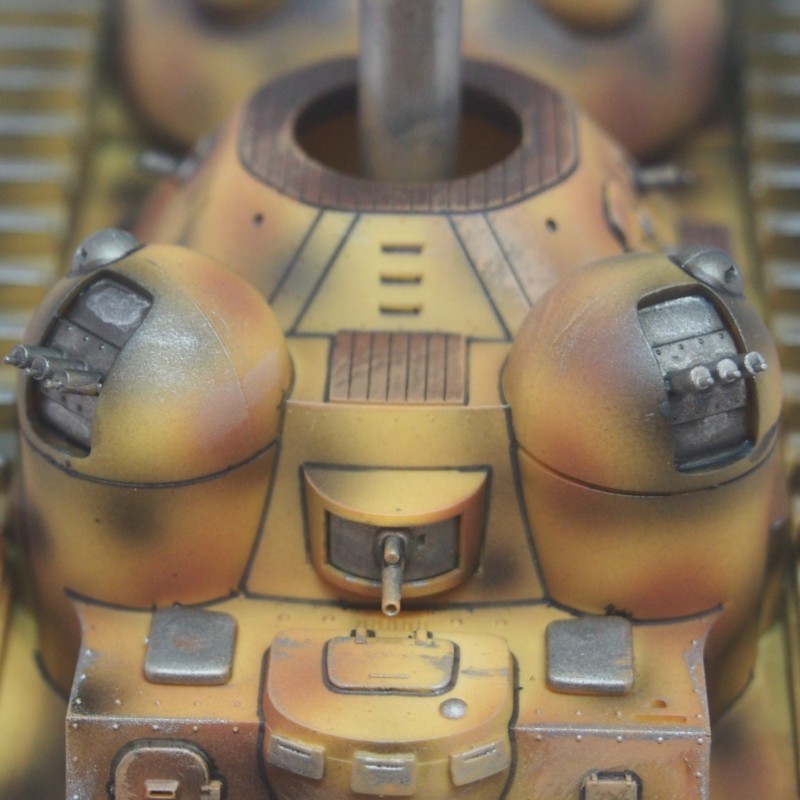

Conclusions
There is little to say. This is a well molded, simple kit, with an ingenious track system, which replicates the quirky design philosophy of Miyazaki Hayao’s unique mind.
I hope we get more kits – tanks, planes and ships – from this iconic series of sketches.
Dr. Robodaz.
